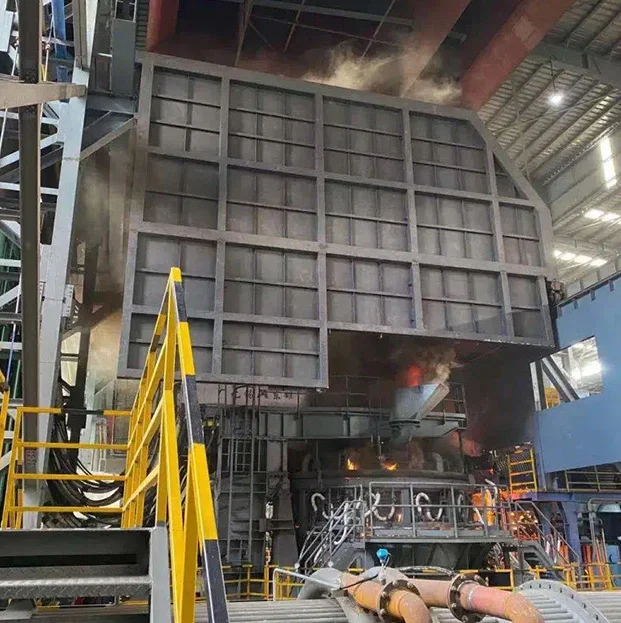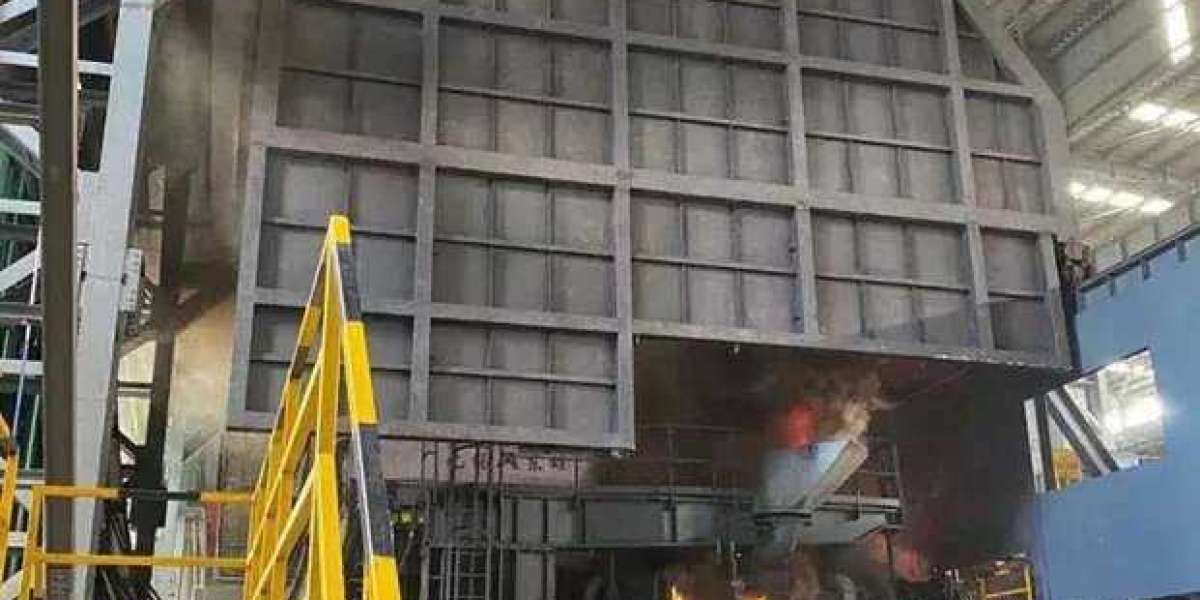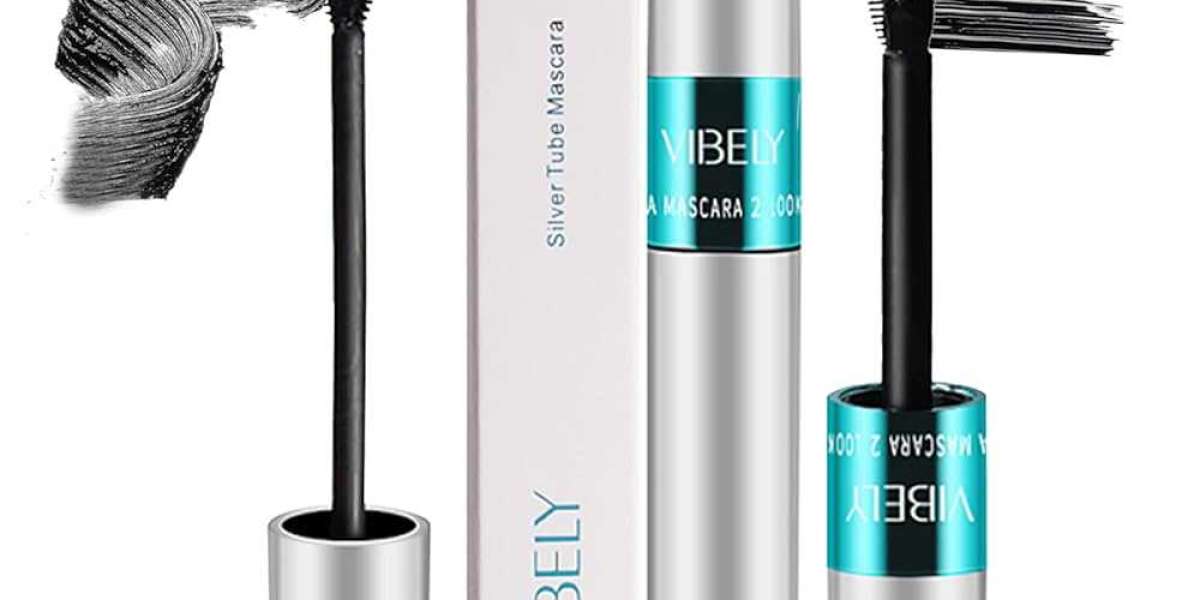How does an eaf-electric arc furnace work in applications: A comprehensive guide
Electric Arc Furnaces (EAFs) are widely used in the steelmaking industry for melting and refining scrap steel. They are also used in the production of non-ferrous metals, such as copper, nickel, and aluminum. EAFs are known for their flexibility, energy efficiency, and environmental friendliness. In this blog post, we will explore how EAFs work in applications and their advantages over other steelmaking processes.
What is an EAF?
An EAF is a furnace that uses an electric arc to melt scrap steel. The furnace consists of a refractory-lined vessel, a lid, electrodes, and a transformer. The vessel is made of steel and is lined with refractory bricks to withstand high temperatures. The lid is used to cover the vessel and prevent heat loss. The electrodes are made of graphite and are used to create an electric arc. The transformer is used to supply high voltage and low current to the electrodes.

How does an EAF work?
The EAF process begins with the charging of scrap steel into the furnace. The scrap steel is loaded into the vessel through the charging door. The lid is then closed, and the electrodes are lowered into the vessel. The transformer is then turned on, and high voltage and low current are supplied to the electrodes. This creates an electric arc between the electrodes and the scrap steel.
The electric arc generates heat, which melts the scrap steel. The temperature inside the furnace can reach up to 1,800°C. The molten steel is then refined by adding various alloys and fluxes to remove impurities. The refining process can take up to 90 minutes, depending on the quality of the scrap steel.
Once the refining process is complete, the molten steel is tapped from the furnace through the tap hole. The molten steel is then poured into a ladle and transported to the next stage of the steelmaking process.
Advantages of EAFs
EAFs have several advantages over other steelmaking processes, such as the Basic Oxygen Furnace (BOF) and the Open Hearth Furnace (OHF).
Flexibility
EAFs are highly flexible and can melt a wide range of scrap steel, including shredded scrap, heavy melting scrap, and busheling. This makes them ideal for recycling scrap steel and reducing the amount of waste sent to landfills.
Energy Efficiency
EAFs are more energy-efficient than other steelmaking processes. They use electricity to generate heat, which is more efficient than burning fossil fuels. EAFs also have a lower carbon footprint than other steelmaking processes, making them more environmentally friendly.
Lower Capital Costs
EAFs have lower capital costs than other steelmaking processes. They require less infrastructure and can be built in smaller sizes. This makes them ideal for smaller steel producers who cannot afford the high capital costs of BOFs and OHFs.
Disadvantages of EAFs
Despite their advantages, EAFs also have some disadvantages.
Higher Operating Costs
EAFs have higher operating costs than other steelmaking processes. They require a constant supply of electricity, which can be expensive. They also require more maintenance than other steelmaking processes, which can increase operating costs.
Quality Issues
EAFs can produce steel with lower quality than other steelmaking processes. This is because the scrap steel used in EAFs can contain impurities that are difficult to remove. This can result in lower-quality steel that is not suitable for certain applications.
Conclusion
EAFs are a popular steelmaking process that is widely used in the steel industry. They are known for their flexibility, energy efficiency, and environmental friendliness. EAFs are ideal for recycling scrap steel and reducing the amount of waste sent to landfills. They also have lower capital costs than other steelmaking processes, making them ideal for smaller steel producers. However, EAFs also have some disadvantages, such as higher operating costs and quality issues. Despite these disadvantages, EAFs remain a popular steelmaking process that is essential to the steel industry.
Wuxi Yushun Metallurgical Technology Co., Ltd. is a comprehensive enterprise integrating scientific research and development, engineering design, system integration, equipment installation, sales service, we serve numerous iron and steel enterprises domestic and overseas. Main projects include design and manufacture of technology, machinery, fluid, electric control for steel-making equipment, steel rolling equipment and steel deep processing.We have high quality products, welcome to contact us!
https://www.wxisun.com/How-does-an-eaf-electric-arc-furnace-work-in-applications.html








